Should we abandon live surgery: reflections after Semi-Live 2017
Ever since 2002, I have performed live surgery almost every year where it is transmitted to an audience eager to learn. This year I was invited by Markus Hohenfellner to the unique conference, Semi Live 2017 in Heidelberg. To say that it was an eye opener is perhaps stating the obvious. One look at the program will show you that the worlds most respected Urological surgeons had been invited to participate, but with a difference. There was no live surgery. Instead videos of operations – open, laparoscopic and robotic were shared with the attendees “warts and all” as a learning experience. These were not videos designed to show the best parts of an operation. There were plenty of difficult moments, do’s and don’ts and troubleshooting, but all this was achieved without causing harm or potential harm to a single patient.
My highlights were laparoscopic sacrocolpopexy (Gaston), robotic IVC thrombectomy up to the right atrium (Zhang) and reconstructive surgery for the buried penis (Santucci). The event takes place every 2 years and the videos are all available on the meeting app which can be downloaded here and is an outstanding educational resource.
We were treated to a heritage session which included the superstars Walsh, Hautmann, Clayman, Mundy, Schroder and Ghoneim. This was followed by our host Markus Hohenfellner comparing and contrasting the art of Cystectomy and reconstruction by Ghoneim, Stenzl and Studer.
Open surgery is certainly not dead yet. The session ended with Seven Pillars of Wisdom from Egypt which turned out to be a big hit on Twitter.
The editor’s choice session, a new innovation for 2017, allowed me to showcase the Best of BJUI Step by Step, a section that has now replaced Surgery Illustrated with fully indexed and citable HD videos and short papers.
Has live surgery had its day?
Many on Twitter seemed to agree that in 20 years time we might look back and say that it was not the right thing to do.
Surgeons do not operate “live” every day. Most doctors in a survey, would not subject themselves or their families to be patients during live surgery. Talk about hypocrisy!! Why should it be any different for our patients? Live surgery is NOT a blood sport practised in Roman times….
The counterpoint is that patients often have the services of the best surgeons during live surgery, recorded, edited videos are not quite the same and that the whole affair has become safer thanks to patient advocates and strict guidelines from some organisations like the EAU. Others have banned the practice for good reason. While the debate continues, I for one came away feeling that Semi-Live was as educational, less stressful and much safer for our patients.

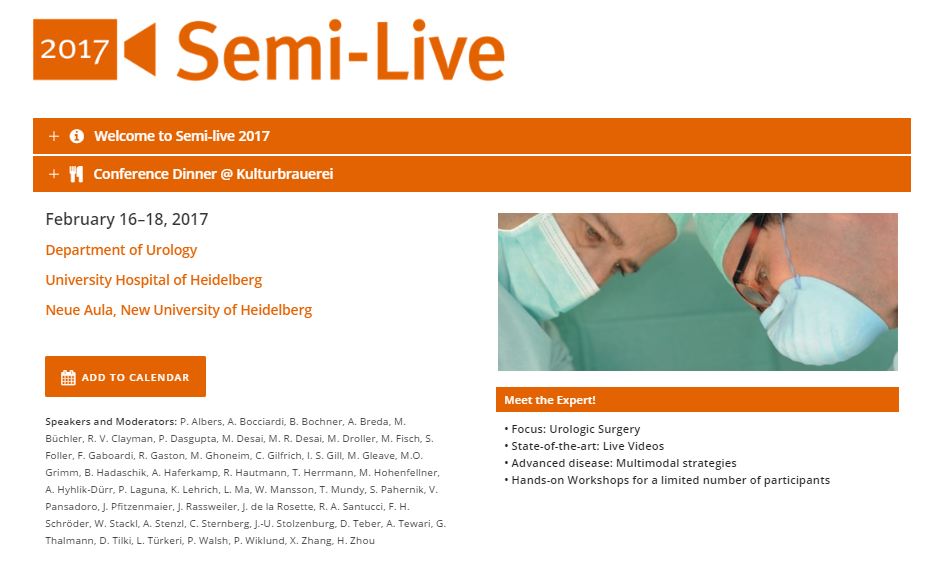
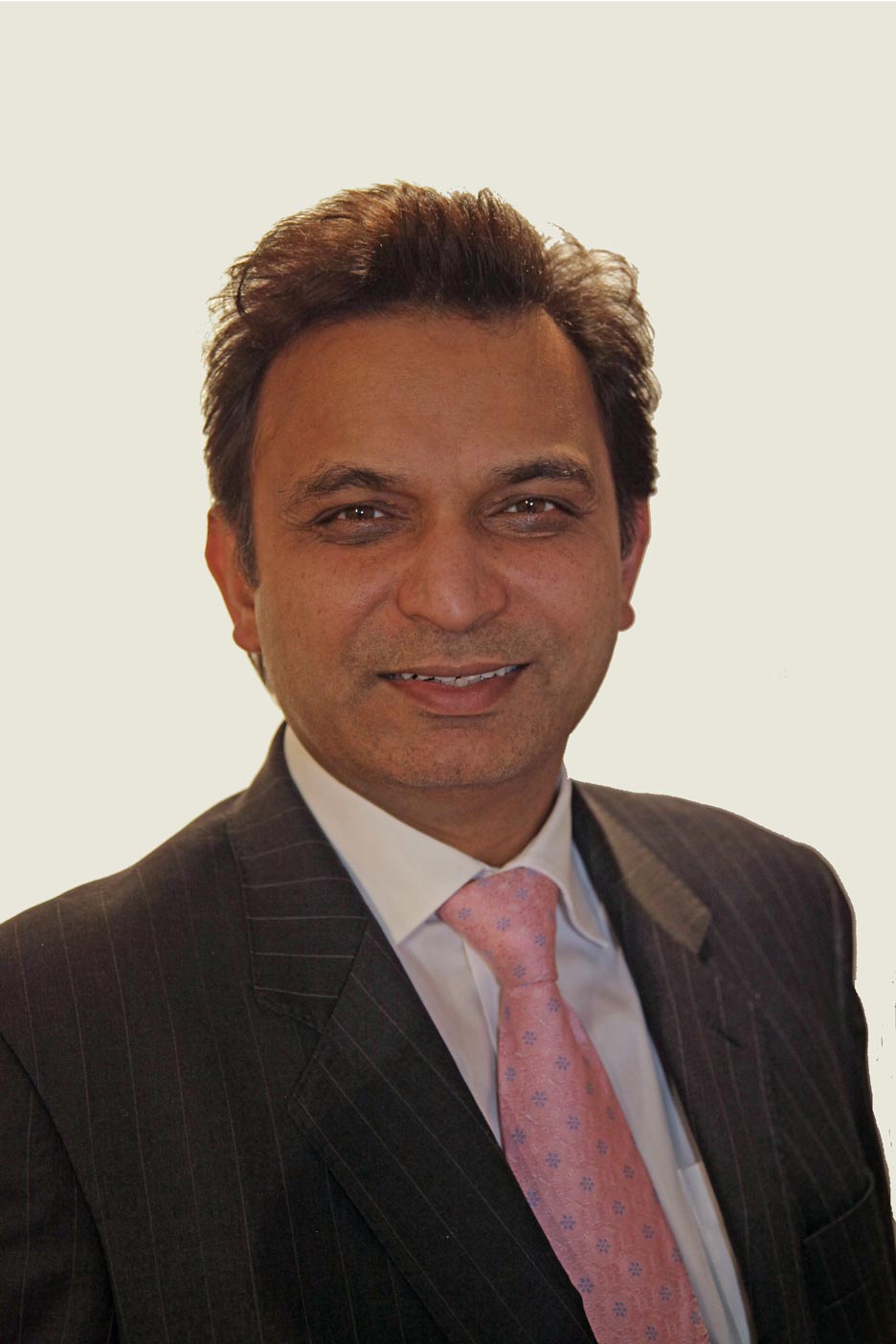

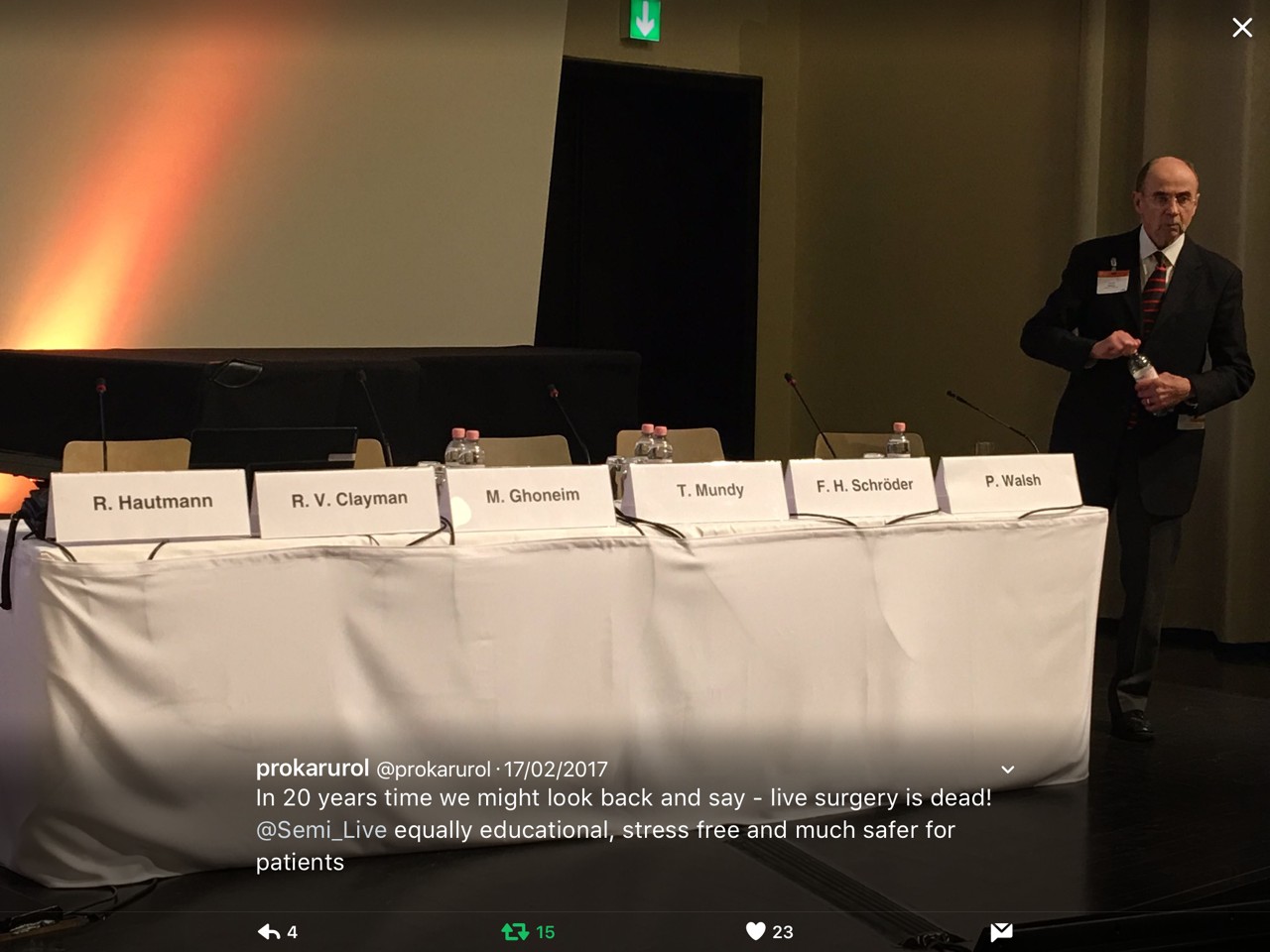
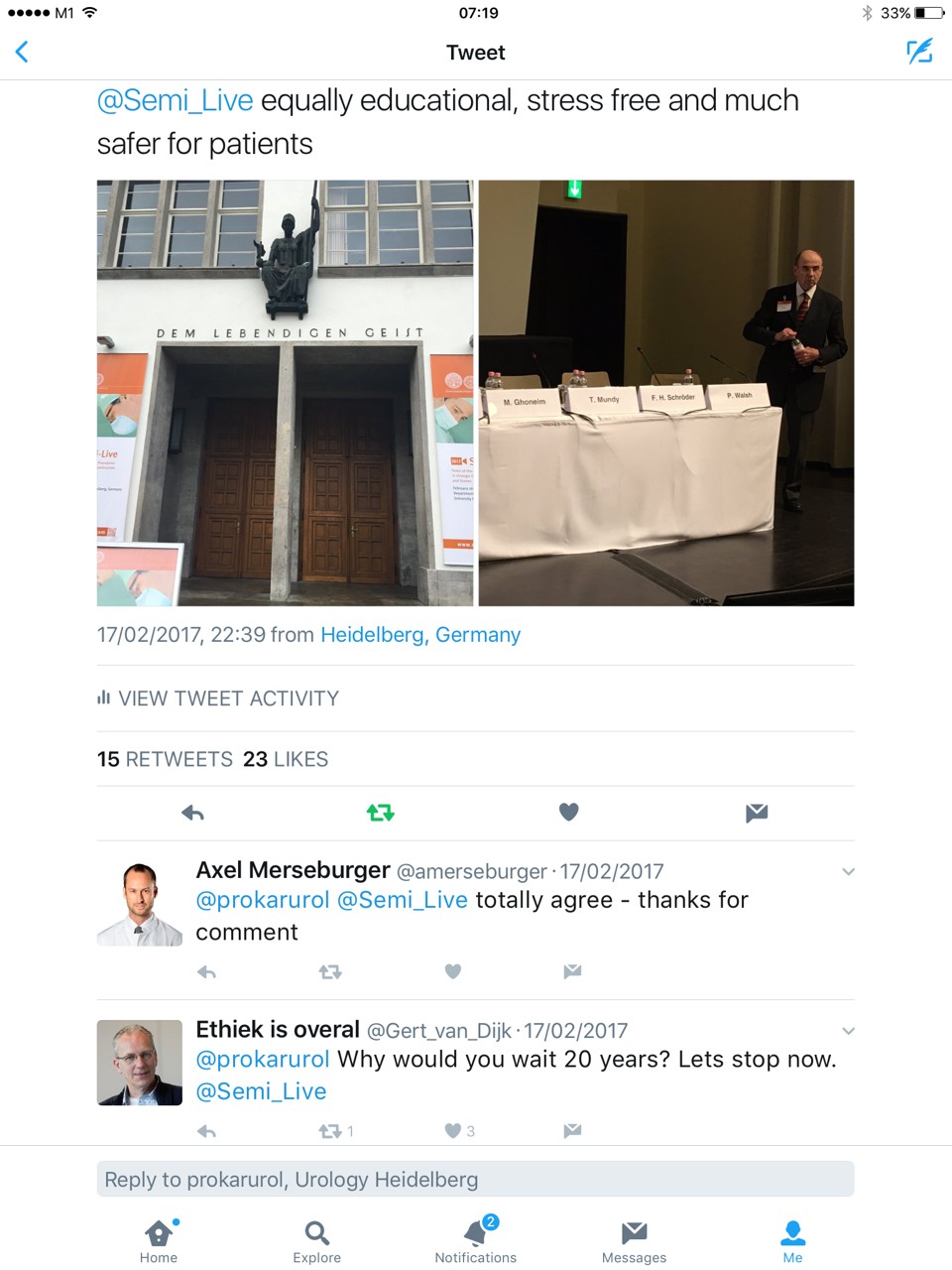
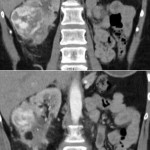

Wonderful overview Prokar, and well done to Markus and colleagues for organising this excellent meeting.
I believe that “Semi-Live”/”As Live” meetings will become the predominant platform for viewing surgical techniques performed by experts in the field. However live surgery is still very popular with delegates as we can see from huge crowds at teh meetings at which live surgery is still featured. And I agree that the EAU Guidelines now provide an excellent framework for the conduct of such meetings, although questions still remain https://www.europeanurology.com/article/S0302-2838(14)00127-4/abstract/let-the-games-begin-with-eau-approval
The other reality is that live surgery is very expensive, and there are a lot of logistic challenges in having international surgeons operate in different countries.
Nonetheless, I (like you) am a fan of live surgery, and I look forward to my next live surgery at the Martini Klinik in June! I always learn a lot personally from such experiences operating in such world-leading centre, and the patient of course always remains the focus.
Well said Prokar, and thanks for showing my video on extended nodes.
At the same time this meeting took place, a large group of course directors in robotic surgery in North America collaborated to put one one large course (www.narus2017.com). We had videos, science reviews, debates, and of course, live surgery. Most of our attendees were there specifically to see the live surgery and from past experiences feel it is a unique educational event. Although there may have been concerns with safety in the past as with any surgery not being transmitted, by this point we have faculty members available who have been doing live surgery for over a decade. Surgeries were performed in home team environments with regular assistants. We had no intraoperative events or post-op complications. The patients consented were excited to participate and some asked for copies of their videos.
Clearly this will remain controversial, and if you sample opinion at a live surgery conference you get one opinion, and if you sample opinion at a non-live conference, you get the other.
Also–just my opinion, but “semi-live” is like being “semi-pregnant.” Either the surgery is live or it is recorded. But I get the intent of the title: long-format/minimally edited videos as distinct from 8 min perfectly edited highlight reels.
I think that live surgery attracts the attention of all audience because of being ”live”. The cases selected are straightforward and it’s always been great to watch how the most Experienced surgeons perform and tackle the case with detailed explanations given during the live performance.I learn a lot during live surgeries.
”Unedited” video sessions could be included that I think might be as attractive.